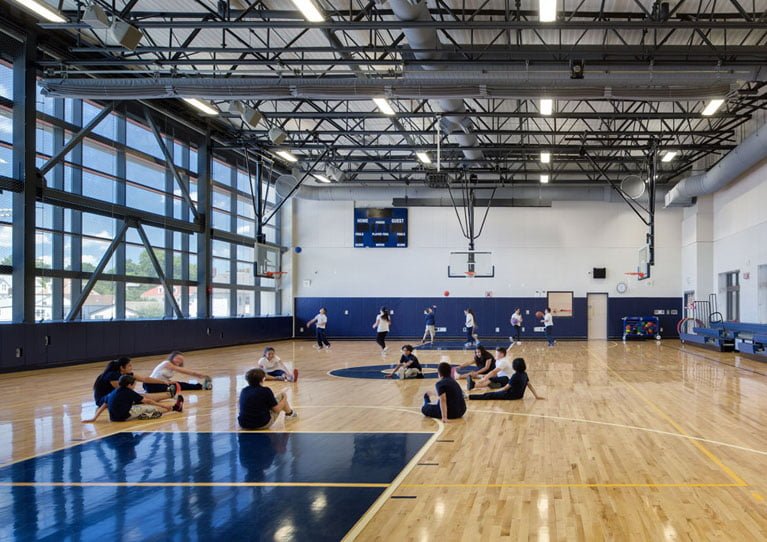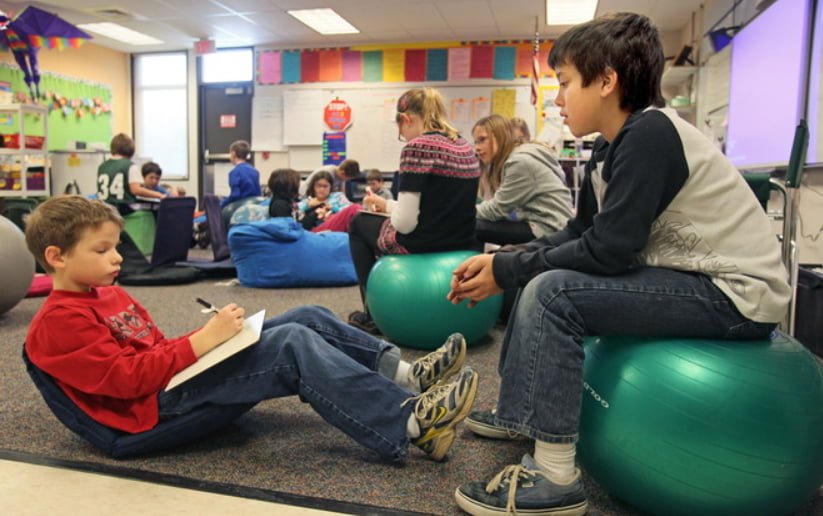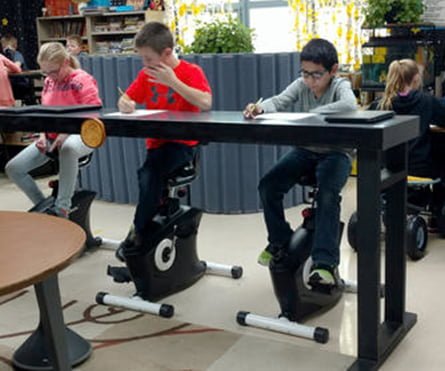PLAY! – Physical Activity and Our Children’s Future
Three in ten students in the U.S. between the ages of 10 and 17 were found to be overweight or obese in calendar year 2015-2016. This information shared by the Annie E. Casey Foundation in a 2018 blog post, also identifies that while physical activity plays a key role in maintaining a healthy weight and lifestyle, nearly 47% of children in the U.S. do not exercise regularly. School-based physical education offers a key opportunity in achieving the 60 minutes of physical activity recommended for students each day by the Centers for Disease Control and Prevention (CDC).1
Background
Physical education within U.S. schools began in the early 1820’s but did not become a formal requirement until after the Civil War. During the 1950’s and 1960’s presidents Eisenhower and Kennedy used the Presidential Fitness Test Awards as a means of promoting and drawing focus to the importance of physical fitness for students. Fitness programs are often the first to endure cutbacks in recessionary times, and in the 1980’s and 1990’s many programs were dropped from our schools. Today, information like the student-obesity rates noted above, and former First Lady Michelle Obama’s “Let’s Move” program, have given a renewed focus on the benefits of physical activity, physical education, and their connection to student achievement.
Why Care?
The CDC identifies a correlation between physical activity and academic achievement. The CDC notes that students who are physically active tend to have better grades, school attendance, cognitive behavior, and classroom behaviors (e.g. on-task behavior). Other benefits of physical education and student physical activity include:
 Performing physical activities helps enlarge the basal ganglia of the brain. The Basal Ganglia is the part of the brain responsible to maintain an individual’s ability to focus. By promoting physical activity, we can help students improve their powers of concentration.2
Performing physical activities helps enlarge the basal ganglia of the brain. The Basal Ganglia is the part of the brain responsible to maintain an individual’s ability to focus. By promoting physical activity, we can help students improve their powers of concentration.2- Overweight children can experience lasting physical issues including a greater risk of developing high cholesterol, asthma, heart disease, sleep apnea, high blood pressure, and Type 2 diabetes. These health issues represent a real future-cost to our economy.
- A Cornell University study, “Sports at Work” examines how participation in competitive youth sports appears to be relevant for early-career job prospects and well as late-in-life outcomes. In short, demonstrating that former student-athletes display significantly more leadership, self-confidence, and self-respect.3
- A 2015 benefit-cost analysis by the Washington State Institute for Public Policy (WSIPP) on school-based programs to increase physical activity found that they were associated with a positive benefit to cost ratio. The WSIPP analysis estimated that elementary or middle school programs that added additional physical activity to the school day for students could result in a benefit to cost ratio of approximately $33:1 (in 2015 dollars) over time. These benefits were calculated from decreased health care costs due to reductions in obesity and increased labor market earnings due to the positive impact of physical activity on academic achievement.
Supporting Improved Physical Space
As administrators, parents, teachers, and designers we have the opportunity to promote physical education and a focus on physical activity within our school environments. The schools that we care for, plan for, and design today can serve as teaching-tools able to assist in drawing our students’ awareness to the issue of physical activity and physical education. Some examples include:
 Outdoor classroom environments that encourage movement, collaboration andteam learning opportunities away from the formal indoor classroom setting.
Outdoor classroom environments that encourage movement, collaboration andteam learning opportunities away from the formal indoor classroom setting.- Playgrounds and playfields that are safe, secure, and appropriately surfaced to accommodate formal and informal play, exploration, and wide-ranging activity.
- Playscapes that are age-appropriate, ADA accessible, and able to offer a wide range of activities and skill-level challenges for the students they serve.
- Classroom settings that encourage movement, individual and group learning opportunities, with areas that are easily reconfigured to support a variety of group size configurations.
 Furniture that is supportive of an active learning environment. Sit / stand desks, kinetic pedal desks, classroom seating that affords multiple seating options all contribute to the support a variety of activity levels.
Furniture that is supportive of an active learning environment. Sit / stand desks, kinetic pedal desks, classroom seating that affords multiple seating options all contribute to the support a variety of activity levels.- Larger-scale dance / movement spaces, dedicated training areas, and gymnasia capable of supporting a wide variety of gross motor activities are needed to better support our students.
Today’s student activity levels, fitness levels, and obesity levels are key issues that will help shape our children’s preparedness to engage their future. Our ability to raise awareness, understanding, and motivation to address these challenges among our students will help define our collective future. The educational environments that we develop today, will play a significant role in modeling best practices, and serve as a key means of introducing these issues and concerns within the communities that we live.
1 “Youth Physical Activity Guidelines Toolkit”, Centers for Disease Control and Prevention
2 Chaddock, et al, “Basal Ganglia Volume is Associated with Aerobic Fitness in Preadolescent Children”, Univ. of Illinois, 2010.
3 Kniffin et al., “Sports at Work”, Dyson School of Applied Economics and Management, Cornell University

